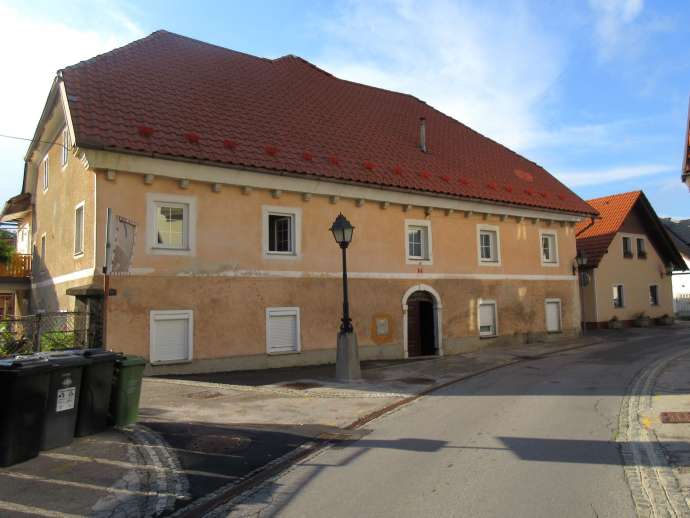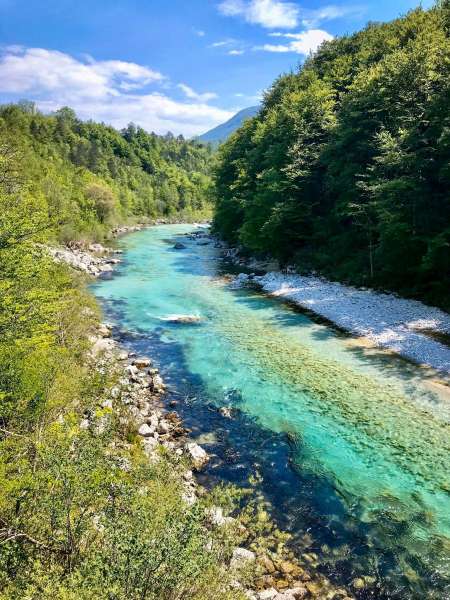STA, 20 August 2020 - As soon as the strict coronavirus measures were relaxed at the end of April the property market picked up, yet there are still fewer transactions than before the epidemic. Demand still exceeds supply, keeping average prices high, partly because of the many deals in Ljubljana, where prices are well above the national average.
"At the moment there are fewer transactions on the property market," the director and owner of real estate agency Stan Nepremičnine, Stanka Solar, told the STA.
She said this trend could be seen over the past month, so she partly attributes it to the summer season and a lack of adequate supply of used flats at good locations.
Solar said demand was strong in particular for higher-end new housing, but she believes new flats or houses are "slightly mispriced given the buyers' expectations".
"The majority of people expect a price correction for property which needs energy renovation and for more expensive new housing."
Similarly, Boris Veleski from Mreža Nepremičnin said the number of transactions was much lower after the epidemic, even though a month after it the market started to rebound.
Remax Ljubljana said that "at this moment we don't see any major changes in transactions, as demand still exceeds supply".
Urška Hočevar from this estate agent said the market is dominated by strong, motivated buyers who have a clear vision and know how they will finance the purchase.
Preliminary data by Slovenia's Surveying and Mapping Authority (GURS) for the first six months shows some 5,400 deals with flats and houses were carried out, down 35% from the same period in 2019.
However, these transactions amounted to EUR 532 million, which is 70% of all property transactions, an absolute record for a six-month period, GURS has recently said.
According to Solar, there is much demand for one- and two-room flats, but also for three-room flats, especially second-hand properties which do not require major investments.
Flats with a lift and a parking area are also in high demand.
She said there is an increasing number of buyers who have some savings and deem a piece of property the safest investment.
Mreža Nepremičnin said there is a lot of demand for smaller flats, up to 65 square metres, but also for larger ones, over 100 square metres.
Remax said cheaper flats near the city centre are in high demand.
"However, already during the epidemic we detected some more demand for houses, holiday homes and land, as many found it hard to be in a flat during lockdown," said Hočevar.
GURS data also shows the prices of used flats rose by 7% in the January-June period compared to the same period in 2019, with an average price per square metre exceeding EUR 1,900 for the first time.
Solar corroborated this, saying "the prices of used properties have increased. Demand still exceeds supply and there is currently a lack of housing at desired locations into which a new owner could move in a few months".
She said the prices of rental homes had meanwhile dropped by some 15-20% compared to before the coronacrisis.
Mreža Nepremičnin and Remax have not noticed any price drops either. Hočevar said a downward correction was possible in the long-term.
Fewer tourists from abroad have meanwhile given a headache to many owners who took out loans to buy flats for short-term rental. These loans need to be repaid regardless of the current lack of demand by tourists.
"Some of these flats have been put up for sale, but not that many, other owners have opted for medium-term rental if they could, because many hope or believe that things will soon be the same as before the epidemic," said Veleski.
Solar said many of those who had been renting through Airbnb and Booking decided to rent to students or other individuals for the long or medium term.
Hočevar said that even those owners who insisted on short-term renting this summer in Ljubljana or other tourist areas will eventually be forced to rent for the long-term or even sell.
The estate agents largely agree that the pandemic has made it hard to predict the trends in the coming months.
Solar does not expect any major price changes until the end of the year, except for housing in need of energy renovation and for relatively pricey new housing.
Veleski believes much will depend on developments outside Slovenia's borders. He thinks the existing trend will last at least until spring 2021.
All our stories on property in Slovenia







